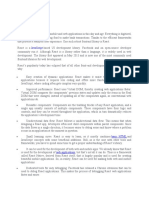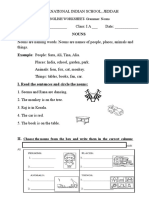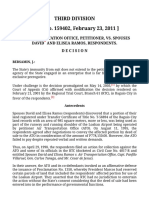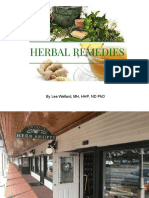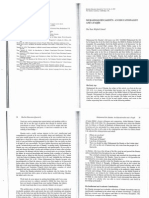0% found this document useful (0 votes)
15 views4 pagesFullStackLabTestAnswers Numbered UTF8
The document outlines the MVC architecture, detailing the roles of Model, View, and Controller, and how it can be implemented in a Node.js and Express application with React as the front-end. It discusses the integration of React within MVC, its component-based architecture, and the handling of state management through hooks. Additionally, it provides MongoDB query tasks with examples for various data retrieval and aggregation operations.
Uploaded by
jyotiprakashsiliconCopyright
© © All Rights Reserved
We take content rights seriously. If you suspect this is your content, claim it here.
Available Formats
Download as PDF, TXT or read online on Scribd
0% found this document useful (0 votes)
15 views4 pagesFullStackLabTestAnswers Numbered UTF8
The document outlines the MVC architecture, detailing the roles of Model, View, and Controller, and how it can be implemented in a Node.js and Express application with React as the front-end. It discusses the integration of React within MVC, its component-based architecture, and the handling of state management through hooks. Additionally, it provides MongoDB query tasks with examples for various data retrieval and aggregation operations.
Uploaded by
jyotiprakashsiliconCopyright
© © All Rights Reserved
We take content rights seriously. If you suspect this is your content, claim it here.
Available Formats
Download as PDF, TXT or read online on Scribd
/ 4




































